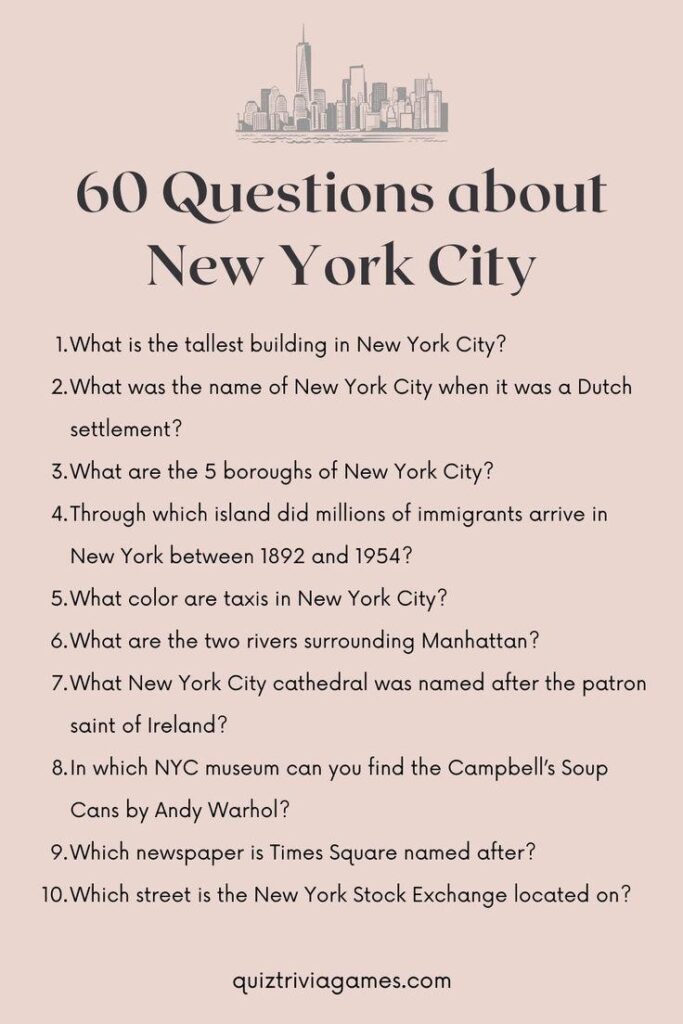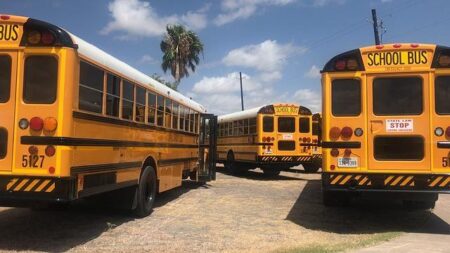Resilience: The Key to Navigating New York City’s Multifaceted Urban Challenges
Understanding NYC’s Pressing Urban Issues Through a Resilience Lens
New York City faces an intricate array of challenges spanning housing affordability, transit inefficiencies, public safety concerns, and economic revitalization. At the core of these intertwined issues lies a unifying concept: resilience. This quality reflects the city’s capacity to withstand shocks, adapt to evolving circumstances, and innovate solutions that ensure long-term vitality. Rather than relying on short-term remedies, fostering resilience requires a sustained investment in social cohesion, infrastructure robustness, and inclusive policymaking.
Critical focus areas to enhance resilience include:
- Empowering Communities: Amplifying resident participation to co-create sustainable urban solutions.
- Economic Inclusivity: Bolstering small and minority-owned businesses to drive equitable growth.
- Modernizing Infrastructure: Upgrading transit systems and utilities to withstand future demands and climate impacts.
- Innovative Public Safety: Integrating technology with community-led initiatives to build trust and reduce crime.
By centering policies around resilience, New York can transform immediate challenges into opportunities for a more unified and robust metropolis.
The Pitfalls of Oversimplified Urban Policies in NYC
Over recent years, city officials have often favored streamlined policy solutions to tackle complex urban problems. While these approaches offer the allure of rapid deployment and straightforward messaging, they frequently overlook the nuanced socio-economic and infrastructural realities that define New York’s urban fabric. As a result, such measures may provide only temporary relief, inadvertently perpetuating systemic issues rather than resolving them sustainably.
Examples of oversimplification include:
- Housing: Single-zone rezoning efforts aimed at quickly increasing supply have sometimes led to infrastructure strain and community pushback.
- Transportation: Expanding bike lanes without integrating them into a comprehensive transit network limits their effectiveness for daily commuters.
- Public Safety: Increasing police presence without meaningful community engagement can erode trust and exacerbate tensions.
| Policy | Goal | Outcome |
|---|---|---|
| Single-Zone Rezoning | Rapidly boost housing units | Higher density but infrastructure overload |
| Bike Lane Expansion | Promote eco-friendly transit | Improved access but limited commuter impact |
| Increased Police Deployment | Quick crime reduction | Short-term decline; long-term community distrust |
Leveraging Data and Collaboration for Smarter Urban Governance
Urban experts advocate for a shift toward precision-driven, agile governance to better navigate New York’s complex challenges. Key principles include:
- Transparent Communication: Streamlining information flow to minimize bureaucratic delays.
- Cross-Sector Partnerships: Aligning public, private, and community stakeholders around shared objectives.
- Adaptive Feedback Mechanisms: Employing continuous data collection to refine policies in real time.
Incorporating cutting-edge technologies such as AI analytics and integrated digital platforms can amplify these efforts, enabling faster, more informed decision-making. Recent case studies highlight the benefits of these strategies:
| Strategy Component | Benefit | Illustration |
|---|---|---|
| Centralized Data Systems | Accelerated policy decisions | Unified municipal databases |
| Stakeholder Involvement | Greater policy acceptance | Community engagement forums |
| Iterative Planning | Enhanced flexibility | Agile urban development cycles |
Actionable Steps Toward a Sustainable and Resilient NYC
Building a sustainable urban future demands a holistic approach that integrates green infrastructure with active community participation. Expanding urban greenery—through parks, green roofs, and tree-lined avenues—improves air quality and combats the urban heat island effect intensified by climate change. Complementing these efforts with efficient, low-emission public transit systems is essential to reduce the city’s carbon footprint while enhancing mobility.
Recommended strategies include:
- Developing more pedestrian-friendly zones and expanding cycling infrastructure to decrease car dependency.
- Incorporating renewable energy technologies in public facilities to reduce reliance on fossil fuels.
- Encouraging mixed-use developments to shorten travel distances and foster vibrant neighborhoods.
- Supporting urban agriculture initiatives like community gardens and local markets to boost food security.
Effective implementation hinges on data transparency and measurable goals. The following table outlines current progress and future targets for key sustainability initiatives:
| Initiative | 2025 Goal | Current Progress | Upcoming Actions |
|---|---|---|---|
| Renewable Energy Adoption | 50% of municipal energy | 38% achieved | Expand solar panel installations on city buildings |
| Public Transit Usage | 20% ridership increase | 12% growth recorded | Introduce additional express bus lines |
| Urban Green Space Expansion | 15% increase in green areas | 10% expansion completed | Promote incentives for rooftop gardens |
Conclusion: Embracing Clarity and Resilience for NYC’s Future
In a metropolis as intricate and ever-changing as New York City, the most impactful solutions often stem from clear, decisive action rooted in resilience. Whether tackling governance complexities, infrastructure demands, or social equity, this guiding principle offers a pathway to cut through confusion and foster meaningful progress. As New Yorkers continue to adapt to new realities, embracing resilience will be essential in shaping a thriving, sustainable urban future.













